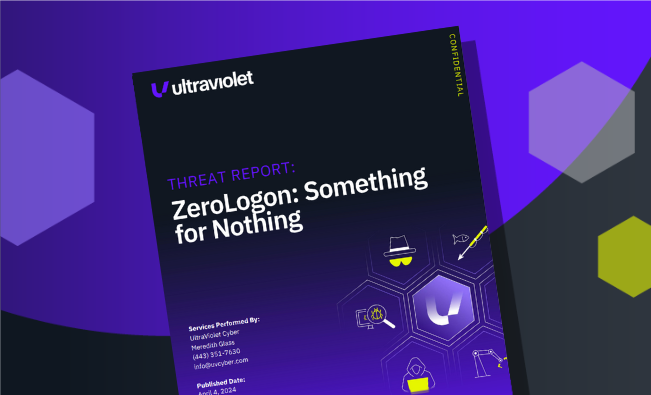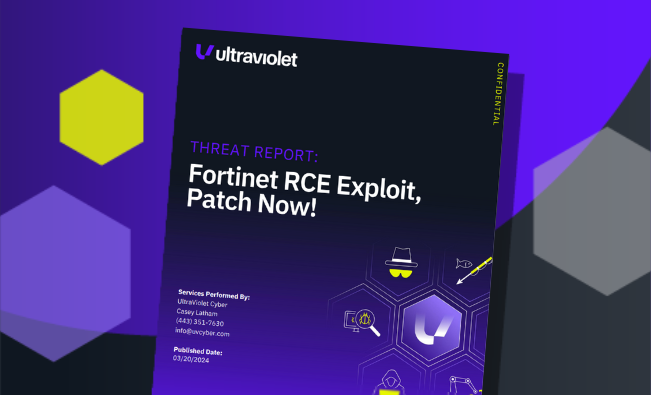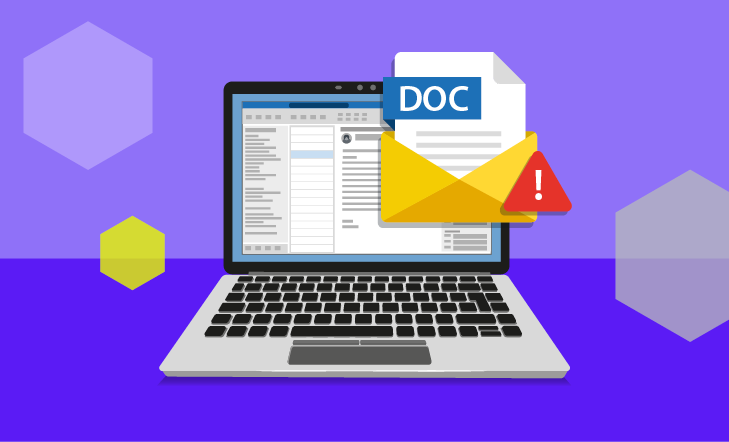
Unveiling the Exploitation: Zero-Day Weakness in MSHTML (CVE-2021-40444)
Microsoft shed light on a zero-day vulnerability (CVE-2021-40444) discovered in Microsoft MSHTML, which nefarious actors are actively exploiting through Microsoft Office documents.
 High-Scale SIEM Migration across 70TB/day and 4,000 detections
High-Scale SIEM Migration across 70TB/day and 4,000 detections
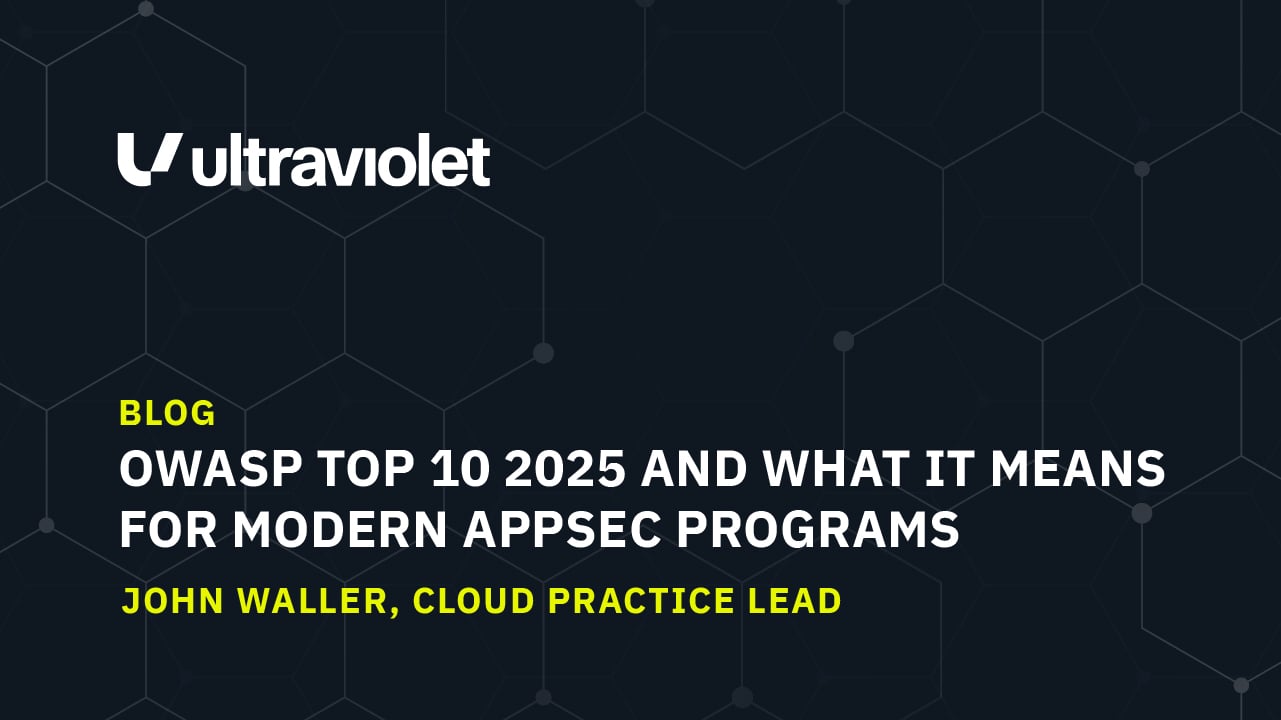
 Threat Advisory: React2Shell
Threat Advisory: React2Shell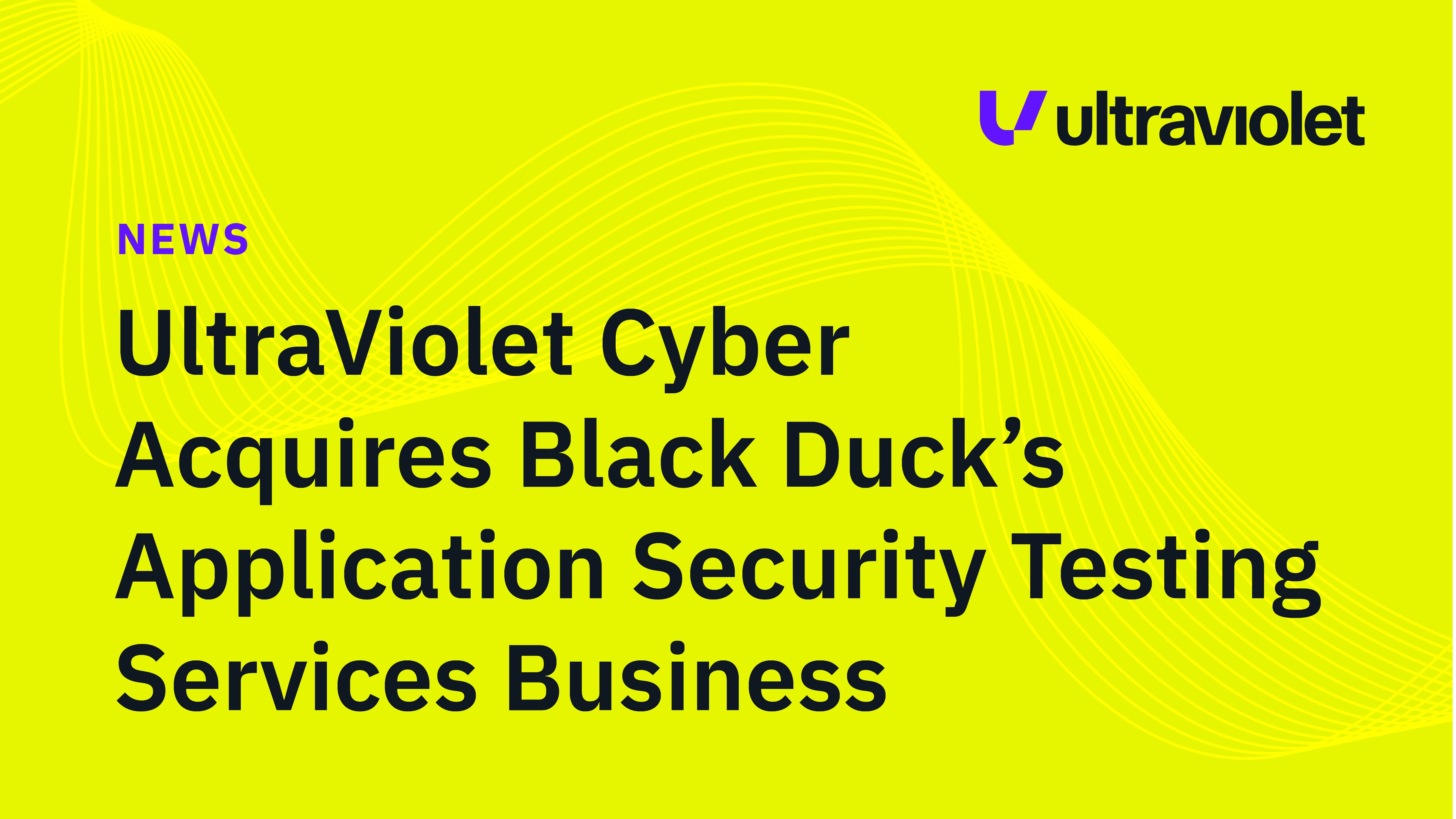 UltraViolet Cyber Acquires Black Duck’s Application Security Testing Services Business
UltraViolet Cyber Acquires Black Duck’s Application Security Testing Services Business UltraViolet Cyber Named to Inc. 5000 List of America’s Fastest-Growing Private Companies in 2025
UltraViolet Cyber Named to Inc. 5000 List of America’s Fastest-Growing Private Companies in 2025